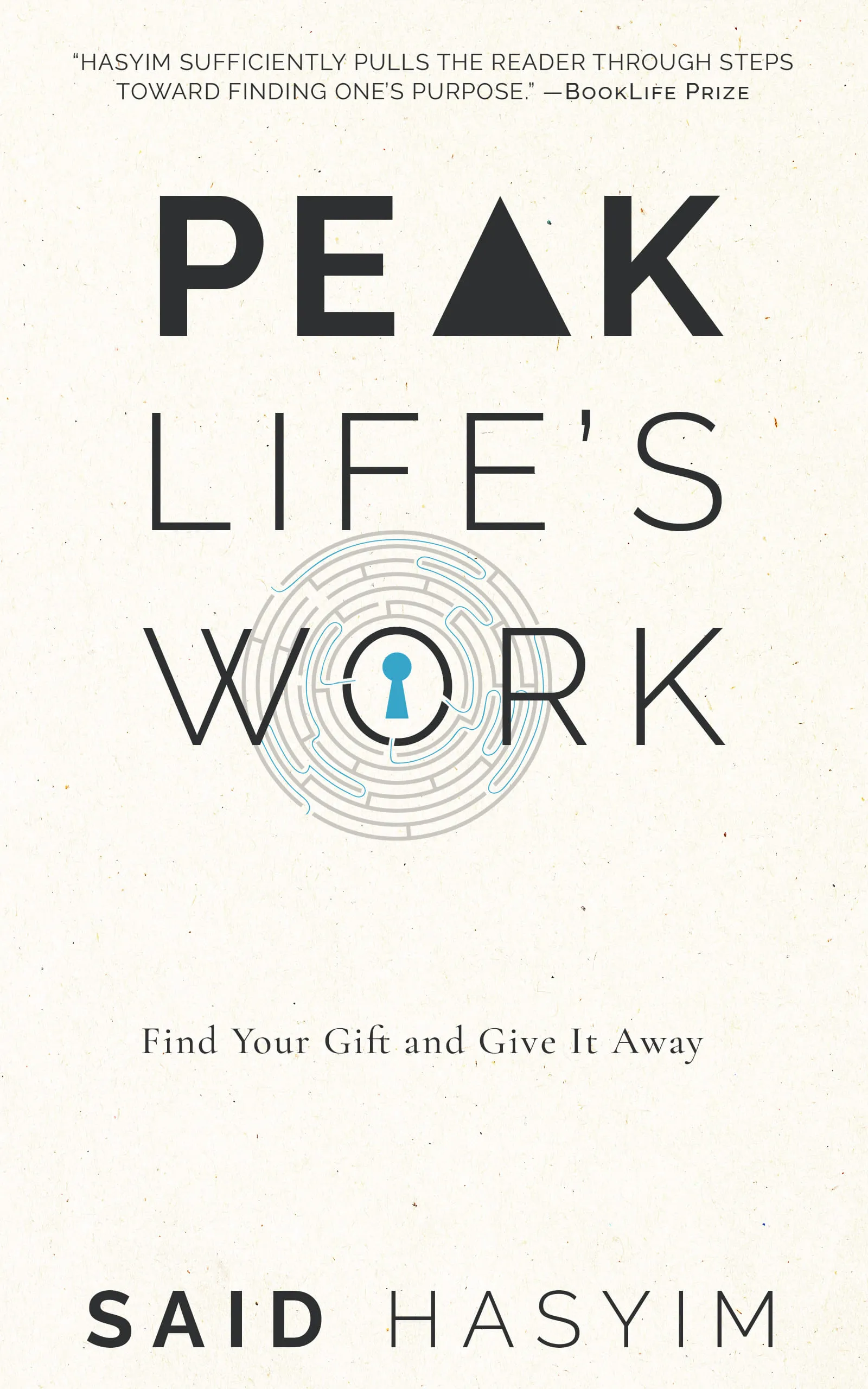Finding the Balance Between Giving and Receiving
In a world that often emphasizes the importance of giving—whether it be time, resources, or love—it can be easy to overlook the equally vital role of receiving. Finding the balance between these two cycles is crucial for maintaining healthy relationships and fostering a sense of fulfillment in our lives. In this blog post, we will explore the dynamics of giving and receiving, the benefits and challenges of both, and practical tips to achieve harmony between the two.
The Nature of Giving
Giving can take many forms, including acts of kindness, financial support, emotional support, and time allocation. This selfless act can create joy and fulfillment, not only for the person who is receiving but also for the giver. Engaging in acts of giving can enhance our mood, increase feelings of connectedness, and foster a sense of purpose.
Psychological Benefits of Giving
Enhanced Well-being: Studies have shown that giving can release endorphins, creating a “helper's high.” This phenomenon contributes to improved mood and lowered stress levels.
Strengthened Relationships: Acts of kindness can strengthen social bonds. Giving can create a sense of loyalty and appreciation between individuals, solidifying relationships.
Increased Empathy: When we engage in giving, we often put ourselves in the shoes of others. This practice can enhance our empathy and understanding, leading to deeper and more meaningful connections.
The Nature of Receiving
On the other side of the coin, receiving is just as vital. It may not always come easily, especially in a culture that often values self-sufficiency and independence. However, embracing the act of receiving can be transformative.
Psychological Benefits of Receiving
Opening Up: Accepting help or gifts from others can create new openings for connection. It allows others to contribute positively to your life, fostering mutual respect and interdependence.
Validating Relationships: When we receive, we validate the efforts and generosity of those around us. It tells them that their contributions matter and strengthens their commitment to the relationship.
Personal Growth: Receiving can lead to personal benefits, whether through new experiences, support during tough times, or gaining new perspectives. It's a way of acknowledging that we are not alone in our journey.
The Challenges of Finding Balance
Finding the right balance between giving and receiving poses its own set of challenges.
The Pitfalls of Over-Giving
- Burnout: Constantly putting others’ needs before our own can lead to physical and emotional exhaustion, often leaving us depleted and resentful.
- Neglect of Self-Care: Focusing too much on giving can result in neglecting our own needs, which is counterproductive in the long run.
- Imbalanced Relationships: Relationships where one party consistently gives while the other only receives can become unbalanced and unhealthy.
The Pitfalls of Over-Receiving
- Feeling Indebted: Constantly receiving without giving back can create feelings of guilt or indebtedness, which can strain relationships.
- Lack of Agency: Over-receiving can lead to a sense of passivity, where one becomes overly dependent on others for support and happiness.
- Erosion of Self-Worth: If your self-worth is tied to what you receive or lack of ability to contribute, it can affect your emotional and psychological health.
Practical Tips for Achieving Balance
Self-Reflection: Take the time to understand your motivations for giving and receiving. Are you giving from a place of genuine desire to help, or are you doing it to seek approval? Are you resisting receiving because of pride or fear?
Set Boundaries: Determine your limits regarding how much you are willing to give and how much you allow yourself to receive. Make these boundaries clear to yourself and others.
Practice Gratitude: Whether you are giving or receiving, cultivate an attitude of gratitude. Express appreciation for the acts of kindness you encounter, and recognize the value you bring to others.
Communicate Openly: Encourage honest dialogues in your relationships regarding needs and expectations. Discuss what giving means in your friendships, and how you can create a healthy balance.
Engage in Reciprocity: Foster situations where both giving and receiving happen naturally. Volunteer with a friend, help someone, and then allow yourself to accept support in return.
Mindfulness: Practice mindfulness to become more aware of your feelings surrounding giving and receiving. This practice can offer you insights into whether you are leaning too heavily in one direction.
Conclusion
Finding the balance between giving and receiving is an essential skill that can significantly impact our well-being and relationships. By understanding the importance of both acts, acknowledging the challenges, and practicing ways to foster balance, we can enrich our lives and the lives of those around us. Ultimately, the dance between giving and receiving is not just about balance; it's about creating a beautiful tapestry of connection, generosity, and love that uplifts both yourself and others.
As you navigate your journey, remember that it is okay to give, to receive, and, most importantly, to allow the flow between the two. The universe has a way of reflecting back what we put out, so let’s strive to create a harmonious cycle of giving and receiving in our lives.
Start Your Transformative Journey
Peak Life's Work, a transformative book to unlocking your true potential and finding purpose. Learn science-backed strategies from top performers to enhance skills and creativity. Gain insights into success and failure while uncovering your personal talents. With practical steps for self-discovery and nurturing talent, this book equips you for a fulfilling journey toward your greatest work.
